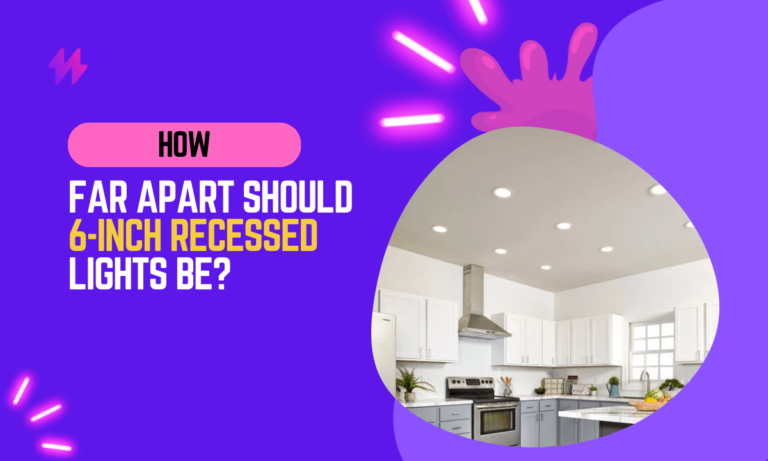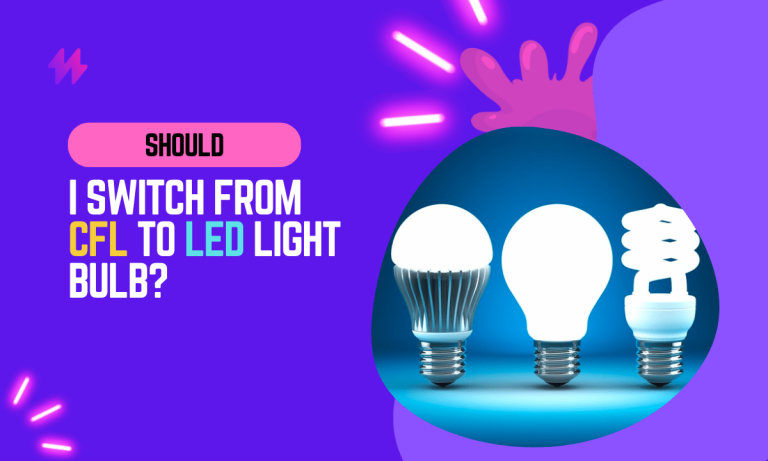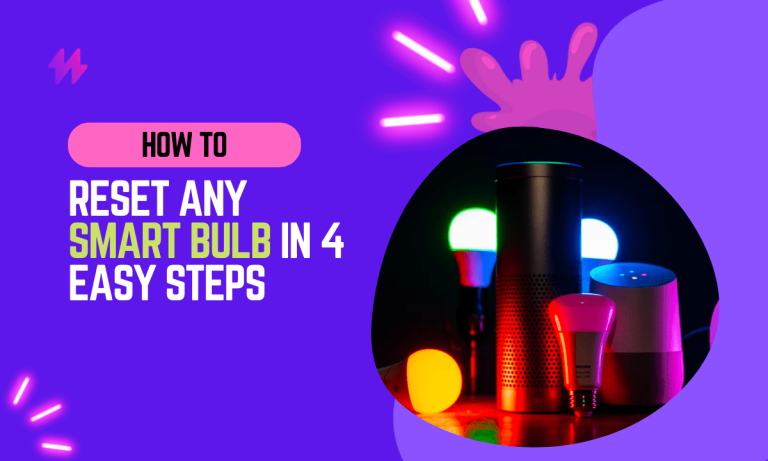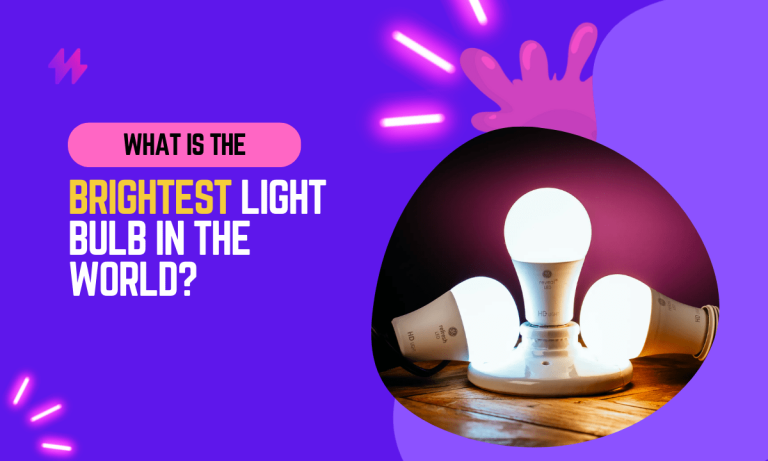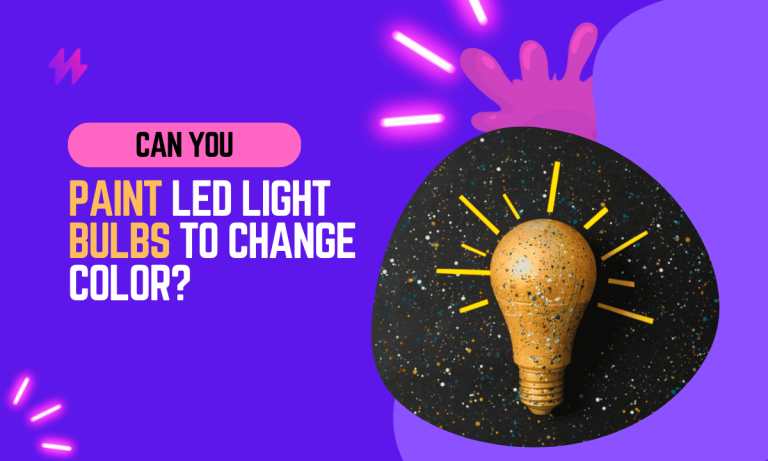Ultimate Guide to E26 Bulbs: What They Are and How to Choose Them
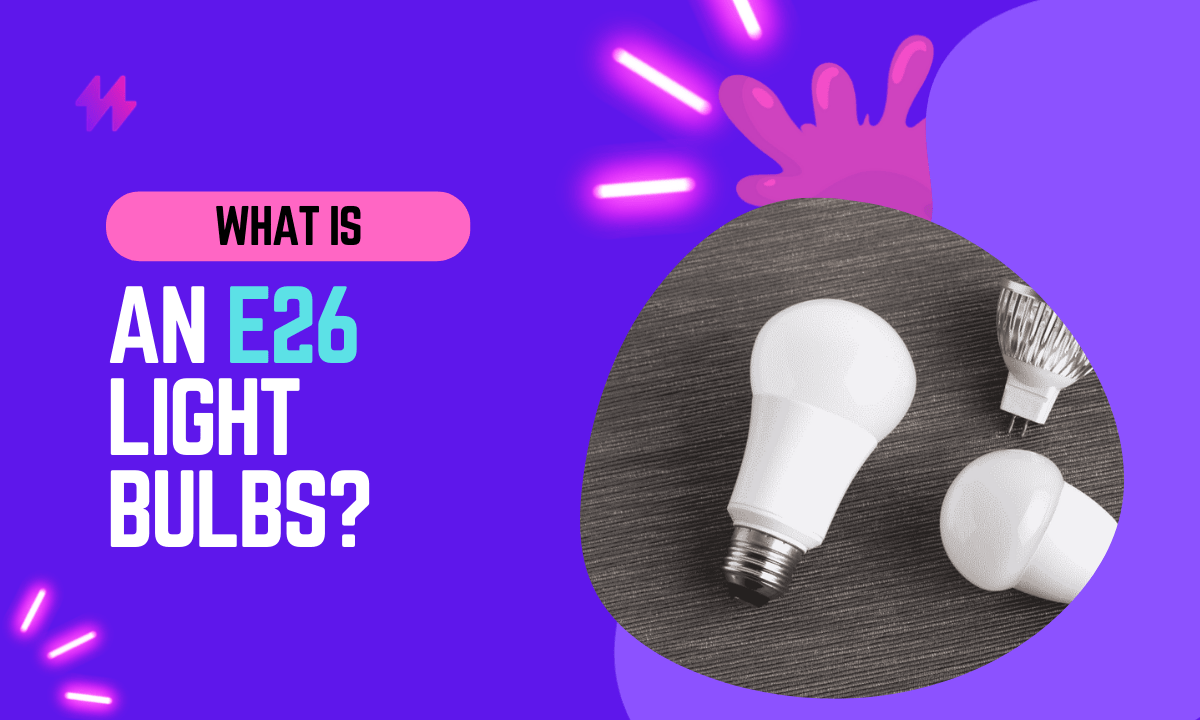
If you’re a house owner or stay on rent, chances are you’ve come across these common light bulbs at some point. But what exactly are E26 bulbs, and how do they differ from other types of light bulbs? In this blog, we’ll dive into the details of E26 bulbs, their features, and how to use them in your home.
What is An E26 Bulb?
E26 bulbs, also known as medium base bulbs, are named after their inventor, Thomas Edison, and the size of their base. The “E” stands for Edison, while the “26” refers to the diameter of the base in millimeters.
E26 bulbs are designed to fit into a standard light socket with a screw-in base, making them a popular choice for a wide range of lighting applications. Whether you’re looking to brighten up a room with a table lamp or add some ambiance with a string of outdoor lights, E26 bulbs are a versatile and cost-effective option.
Also read: Can you Paint LED light bulbs?
How Does An E26 Bulb Work?
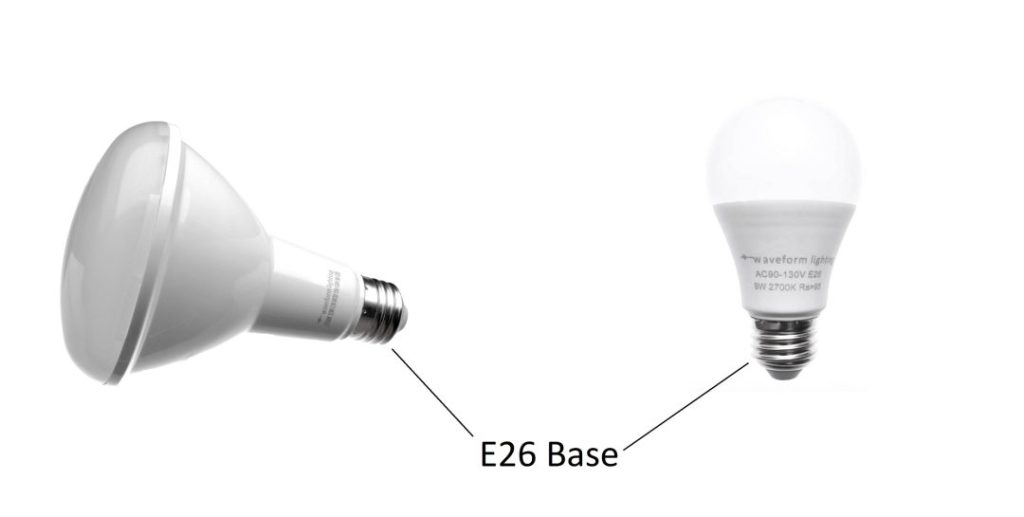
When you turn on the light switch, electricity flows through a series of wires and into the bulb. The electricity passes through a thin wire called a filament, which is located inside the bulb. As the electricity flows through the filament, it heats up and begins to glow, producing light.
The amount of light produced by an E26 bulb depends on the type of filament used and the wattage of the bulb. For example, a bulb with a higher wattage will produce more light than a bulb with a lower wattage.
In addition to producing light, E26 bulbs also produce heat. This is because the filament inside the bulb is heated to a high temperature in order to produce light. However, modern E26 bulbs are designed to be energy efficient, so they use less electricity and produce less heat than traditional bulbs.
Types of E26 Bulbs
There are several types of E26 bulbs available, including incandescent, fluorescent, LED, and halogen. Each type has its own unique features and benefits and is best suited for different applications.
Incandescent Bulbs
Incandescent bulbs are the traditional type of light bulb that has been used for many years. They are known for their warm, yellowish light and are often used in living rooms, bedrooms, and other areas where a cozy atmosphere is desired. One of the main drawbacks of incandescent bulbs is that they are not very energy efficient, as they convert less than 5% of the electricity they use into light and the rest is wasted as heat.
Fluorescent Bulbs
Fluorescent bulbs, also known as CFLs (compact fluorescent lamps), are a more energy-efficient alternative to incandescent bulbs. They use a different type of technology to produce light, involving a tube filled with a gas that emits UV light when electricity is applied. The UV light then activates a phosphor coating on the inside of the tube, which emits visible light. Fluorescent bulbs are often used in offices, schools, and other commercial settings due to their energy efficiency and long lifespan.
LED Bulbs
LED (light emitting diode) bulbs are the most energy-efficient type of bulb available today. They use a different type of technology to produce light, involving the movement of electrons through a semiconductor material. LED bulbs are known for their long lifespan, low energy consumption, and ability to produce a wide range of colors. They are often used in outdoor lighting, as well as in residential and commercial settings.
Halogen Bulbs
Halogen bulbs are a type of incandescent bulb that uses halogen gas to produce light. They are similar to traditional incandescent bulbs in that they use a filament to produce light, but the halogen gas helps to extend the lifespan of the bulb and makes it more energy efficient. Halogen bulbs are often used in task lightings, such as in kitchens and work areas, due to their bright white light.
Is E26 a Standard Bulb?
Yes, E26 is a standard-size light bulb. It is also known as a medium base bulb, as it has a medium size base that fits into a standard light socket with a screw-in base.
E26 bulbs are regulated by the American National Standards Institute. They are used in a wide range of applications, including residential, commercial, and industrial settings, and can be used for general lighting, task lighting, accent lighting, and more.
In addition to E26 bulbs, there are also other standard-size light bulbs available, such as E27 (large base) and E39 (mogul base). It’s important to choose the correct type of bulb for your fixtures to ensure a proper fit and avoid any potential safety issues.
Also, Find out the difference between A19 vs A21 Light Bulb
Choosing The Right E26 Bulb

When selecting an E26 bulb, there are several factors to consider, including the type of bulb, the wattage, the color temperature, and the beam angle.
Type of Bulb
As mentioned earlier, there are several types of E26 bulbs available, including incandescent, fluorescent, LED, and halogen. Each type has its own unique features and benefits, so it’s important to choose the right one for your needs. For example, if energy efficiency is a top priority, an LED or fluorescent bulb may be the best choice.
Wattage
The wattage of a bulb refers to the amount of electricity it uses. A higher wattage means that the bulb uses more electricity and produces more light, while a lower wattage means that the bulb uses less electricity and produces less light. It’s important to choose the right wattage for your needs, as using a bulb with too high of wattage can cause it to burn out faster and may also be a safety hazard.
Color Temperature
The color temperature of a bulb refers to the hue of the light it produces. Bulbs with a lower color temperature, such as 2700K, produce a warm, yellowish light that is often used in living rooms and bedrooms. Bulbs with a higher color temperature, such as 5000K, produce a cooler, bluish light that is often used in offices and task lighting.
Beam Angle
The beam angle of a bulb refers to the spread of the light it produces. Bulbs with a wide beam angle, such as 120 degrees, produce a broad spread of light that is ideal for general lighting applications. Bulbs with a narrow beam angle, such as 30 degrees, produce a focused beam of light that is ideal for task lighting or spotlighting.
E26 vs E27: What Is The Difference?
E26 and E27 are both types of light bulbs that are commonly used in various parts of the world. While they may seem similar at first glance, there are a few key differences between the two that you should be aware of.
Base Size
The main difference between E26 and E27 bulbs is the size of the base. E26 bulbs have a medium base that is 26 millimeters in diameter, while E27 bulbs have a larger base that is 27 millimeters in diameter. This may seem like a small difference, but it can be important when choosing a light bulb for your fixtures. E26 bulbs are more commonly used in the United States and Canada, while E27 bulbs are more commonly used in Europe and other parts of the world.
Compatibility
Another difference between E26 and E27 bulbs is compatibility with light fixtures. E26 bulbs are designed to fit into standard light sockets with a screw-in base in the United States and Canada, while E27 bulbs are designed to fit into standard light sockets with a screw-in base in Europe and other parts of the world. It’s important to make sure that you are using the correct type of bulb for your fixtures to ensure a proper fit and avoid any potential safety issues.
Conclusion
In summary, An E26 bulb is a type of light bulb that fits into a standard medium screw base, commonly known as an E26 base. It is commonly used in household lighting fixtures such as table lamps and ceiling fixtures in the United States and Canada. There are various types of E26 bulbs available, including incandescent, fluorescent, LED, and halogen. When choosing an E26 bulb, you should consider the type of bulb, wattage, color temperature, and beam angle to ensure it is suitable for your needs.
Understanding the specific characteristics and advantages of E26 bulbs is crucial for making informed lighting choices that meet both functional and aesthetic needs. The E26 designation refers to the type and size of the base—26 millimeters in diameter—which is standard across many household lighting fixtures in North America. This universality makes E26 bulbs a versatile and widely compatible option for a variety of lighting environments, from residential to commercial spaces. When selecting E26 bulbs, it is important to consider the type of bulb—whether LED, incandescent, or CFL—that will best suit the lighting requirements of the space. LEDs are often preferred for their energy efficiency and longevity, providing a sustainable option that reduces the frequency of replacements and lowers energy bills.
Moreover, the choice of color temperature and brightness, measured in lumens, can significantly affect the ambiance and functionality of a room. Warm white lights typically create a cozy, inviting atmosphere, ideal for living rooms and bedrooms, while cooler white lights enhance concentration and visibility, making them suitable for kitchens, bathrooms, and offices. Understanding these nuances enables consumers to tailor their E26 bulb selections to enhance the comfort and usability of their environments effectively. Additionally, with advances in smart lighting technology, E26 bulbs are now available with features such as dimmability, color changing, and connectivity with home automation systems, offering even greater control and customization of home lighting. By considering these factors, one can make the most of the versatility and broad compatibility of E26 bulbs to improve both the functionality and aesthetic appeal of their lighting solutions.

